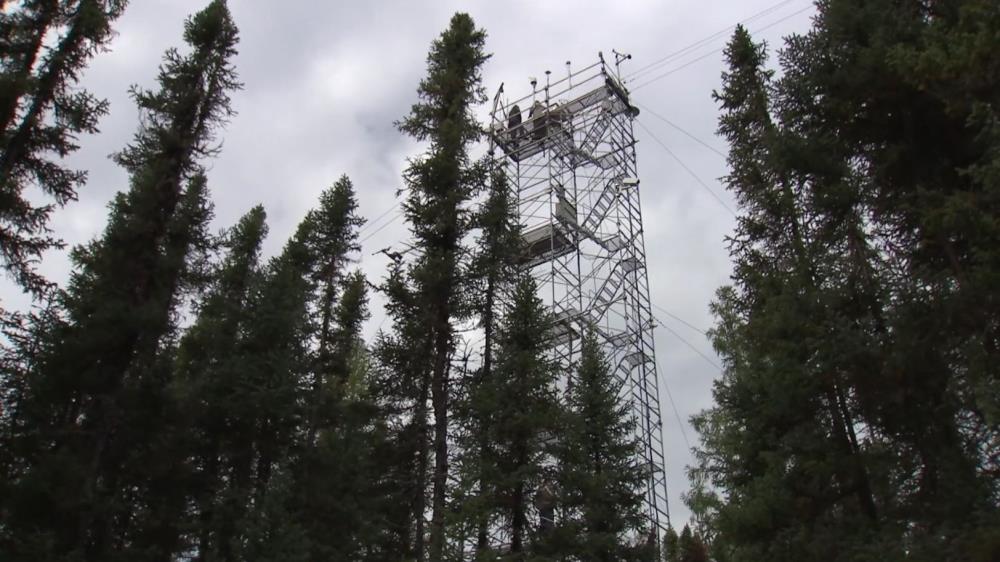
Related items loading ...
Section 1: Publication
Publication Type
Conference Poster
Authorship
Pouw Alicia, Kheyrollah Pour Homa, MacLean Alex
Title
Accuracy of snow depth estimation on Canadian sub-Arctic lakes using Ground-Penetrating Radar
Year
2022
Publication Outlet
AOSM2022
DOI
ISBN
ISSN
Citation
Alicia Pouw, Homa Kheyrollah Pour, Alex MacLean (2022). Accuracy of snow depth estimation on Canadian sub-Arctic lakes using Ground-Penetrating Radar . Proceedings of the GWF Annual Open Science Meeting, May 16-18, 2022.
Abstract
As high latitude regions are experiencing warming disproportionately; snow is increasingly vulnerable to the changing climate. Slight changes in the surface-atmosphere energy balance could alter snowpack dynamics and have a profound impact on lake ice thickness and formation. The presence and depth of snow overlying lake ice affects both lake ice growth and timing of melt due to snow's highly insulative and reflective properties. An accurate representation of the depth and distribution of snow on lake ice is important for hydrological modeling, as well as thermodynamic lake ice modeling. The spatial distribution of snow over lake ice varies and is driven by wind redistribution and snowpack metamorphism making it challenging to quantify. Currently, snow depth observations on lake ice are sparse and mostly restricted to point measurements. In this study, ground penetrating radar (GPR) acquisitions took place over four small subarctic freshwater lakes (Landing Lake, Long Lake, Finger Lake, Vee Lake), located north of Yellowknife, Northwest Territories. High spatial resolution (~9 cm) two-way travel-time (TWT) observations along transects totaling ~38km were acquired using a 1 GHz sensor. We estimated the snow depth by automatically picking the GPR TWT of the snow-ice interface. The accuracy of the derived snow depth is assessed using in-situ observations collected using a snow depth probe. We compared the in-situ snow depth observations to those derived from the GPR TWT and reported a root mean square error of 1.72 cm, a -0.33cm bias, and R2 of 0.62 on average between the four lakes. The results showed that this method can improve the accuracy of snow depth and distribution data retrieval on lake ice which is essential for hydrologic and lake ice modeling communities.
Plain Language Summary
Section 2: Additional Information
Program Affiliations
Project Affiliations
Submitters
|
Alicia Pouw | Submitter/Presenter | apouw@wlu.ca | Wilfrid Laurier University |
Publication Stage
N/A
Theme
Hydrology and Terrestrial Ecosystems
Presentation Format
poster presentation
Additional Information
AOSM2022 First Author: Alicia Pouw, Wilfrid Laurier University (WLU) Additional Authors: Homa Kheyrollah Pour - WLU, Alex MacLean - WLU


 GWFNet
GWFNet Master
Master Data
Data Research
Research Map
Map
 Advanced
Advanced Tools
Tools
 . . .
. . .
 Metadata Editor
Metadata Editor
 Record List
Record List
 Alias List Editor
Alias List Editor
 Legacy sites
Legacy sites